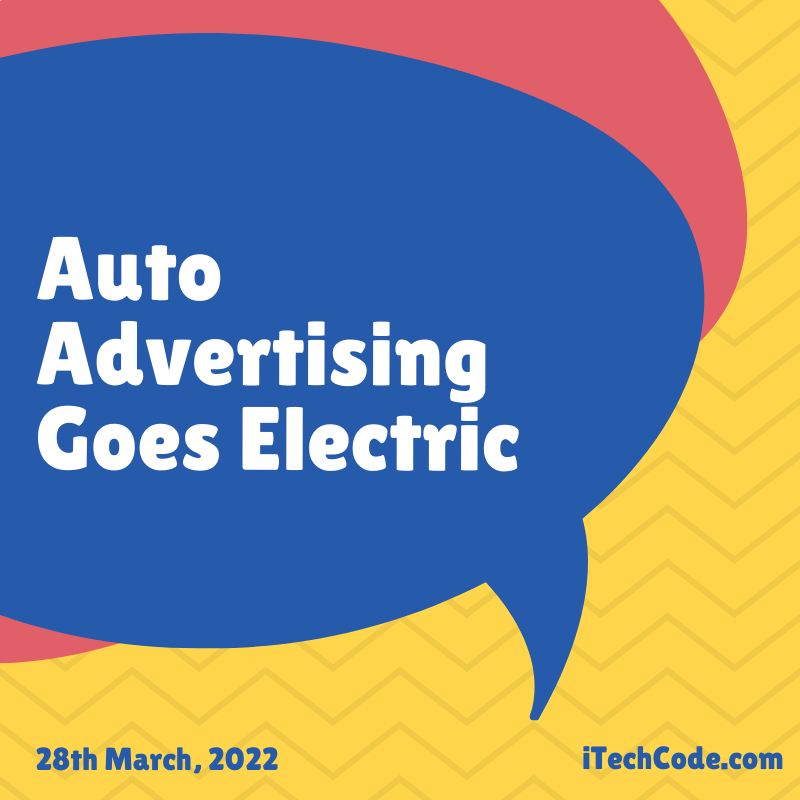In the range of each major automaker, there is already one, or even several models of electric cars. Today we can safely state that the next stage of the transition to environmentally friendly vehicles has been successfully completed.
Only technical details remained – to convince consumers to buy new items. How do auto giants solve this difficult and large-scale task? How successful are their efforts? We bring to your attention the point of view of experts from Boosty Labs company, which specializes in blockchain development and IT outstaffing.
***
Sunday night NBC viewers were able to enjoy Hyundai’s “Petrol Card” commercial. The content of the video is:
- dad gives his daughter a gift card for gasoline from one of the gas station chains;
- the girl never used it: still, she drives a hybrid Hyundai Tucson;
- in the finale, the daughter gives her father a card back – on his birthday.
The ad was filmed in the style familiar to American TV: a bit of light humor against the backdrop of a successful location – a gas-friendly and sun-drenched area with well-groomed yards, polite drivers and immensely friendly neighbors.
Hyundai has become another follower of the trendy trend to actively promote electric vehicles through TV advertising. Many of the major automakers last year, for the first time ever in national advertising, began promoting electric models more frequently, often at the expense of the more popular ICE counterparts.
Electrical marketing delights
Collectively, in 2021, the auto giants paid 4 times more airtime on US TV to show ads for electric cars than in previous years. General Motors, Ford, and Volkswagen combined spent about $248 million on 33,000 impressions.
For comparison, in 2019 they allocated only $83 million for 8,000 impressions. At the same time, the number of ad impressions of traditional models decreased by 35,000, and the budgets for them were cut from $3.8 billion in 2019 to $3.1 billion in 2021.
Marketers’ rapid turn towards electric cars is partly due to the huge difficulties in the supply of components during the pandemic. Airtime to show ads is usually paid up front, and in 2021, against the backdrop of a forced reduction in the production of ICE cars due to a lack of electronics, automakers thought: “Why encourage consumers to buy a new car that is still out of stock?”. And a significant part of the airtime was given to the formation of a positive image of the purchase of an electric car.
Almost immediately after the radical reorientation of the advertising campaign, auto brands noted an encouragingly positive response from consumers. EDO monitors the effectiveness of advertising based on the number of search queries on the Internet.
As a rule, when the video goes on air, some of the viewers begin to search the World Wide Web for additional information about the product or brand. And, according to EDO statistics, advertising for electric cars has shown much more effectiveness than the promotion of cars with internal combustion engines.
For example, after the release of promotional videos about new Audi electric cars, the number of searches for the brand on the Internet turned out to be 90% higher than after advertising the traditional car brand.
Audi chooses “eco”
It should be noted that Audi has implemented the most radical review of the marketing policy in relation to TV advertising, ahead of all heavyweight colleagues in this matter. So, in 2019, the brand spent $22 million on advertising cars with electric motors and $56 million on models with internal combustion engines. And already in 2022, these figures amounted to $54 million and $13 million, respectively.
For the company, such a turn towards electric vehicles was a logical continuation of the corporate policy aimed at the environmental orientation of the brand. The auto giant intends to offer customers more electric models in 2022 than any other brand. What’s more, Audi has made a public promise that it will release its last ICE car in 2026.
Global reorientation
We can say that the history of TV advertising for electric vehicles is just beginning. A few years ago, it was simply absent on a significant scale. The leader of this market, Tesla, does not advertise its electric cars at all, and traditional automakers have promoted models with eco-motors on a leftover basis.
The first electric vehicles can hardly be called real competitors to internal combustion engines, especially in terms of performance. They were created and produced not so much as a mass product, but to meet federal and state emission standards. The methods of promoting these products were limited to mailing lists, rare video releases and other budget promotion tools.
But everything is changing. Manufacturers are allocating more and more funds and capacity to the development and production of electric cars in the hope of winning the loyalty of a new generation of buyers.
Meanwhile, automakers are well aware that it is not enough just to tell the consumer about the technical advantages of electric cars, it is very important to emphasize the exclusivity and social significance of such a purchase. For example, Ford in one of the videos shows how the owner of the F-150 Lightning uses his car as a “power plant” to power the house during a power outage.
Today there is no doubt that cars with the “old” engine are a thing of the past. The reorientation of marketers and brands to the promotion of electric vehicles is only a consequence of this trend.
At that moment, when the commercials begin to focus not on the distance that the car is able to overcome on a single charge, and not on the dynamics of acceleration, but on the interior upholstery, interactive equipment and other “goodies” – then we can state with confidence fact – it’s time to send a car with an internal combustion engine to the museum.

You can also stay updated by subscribing to iTechCode.